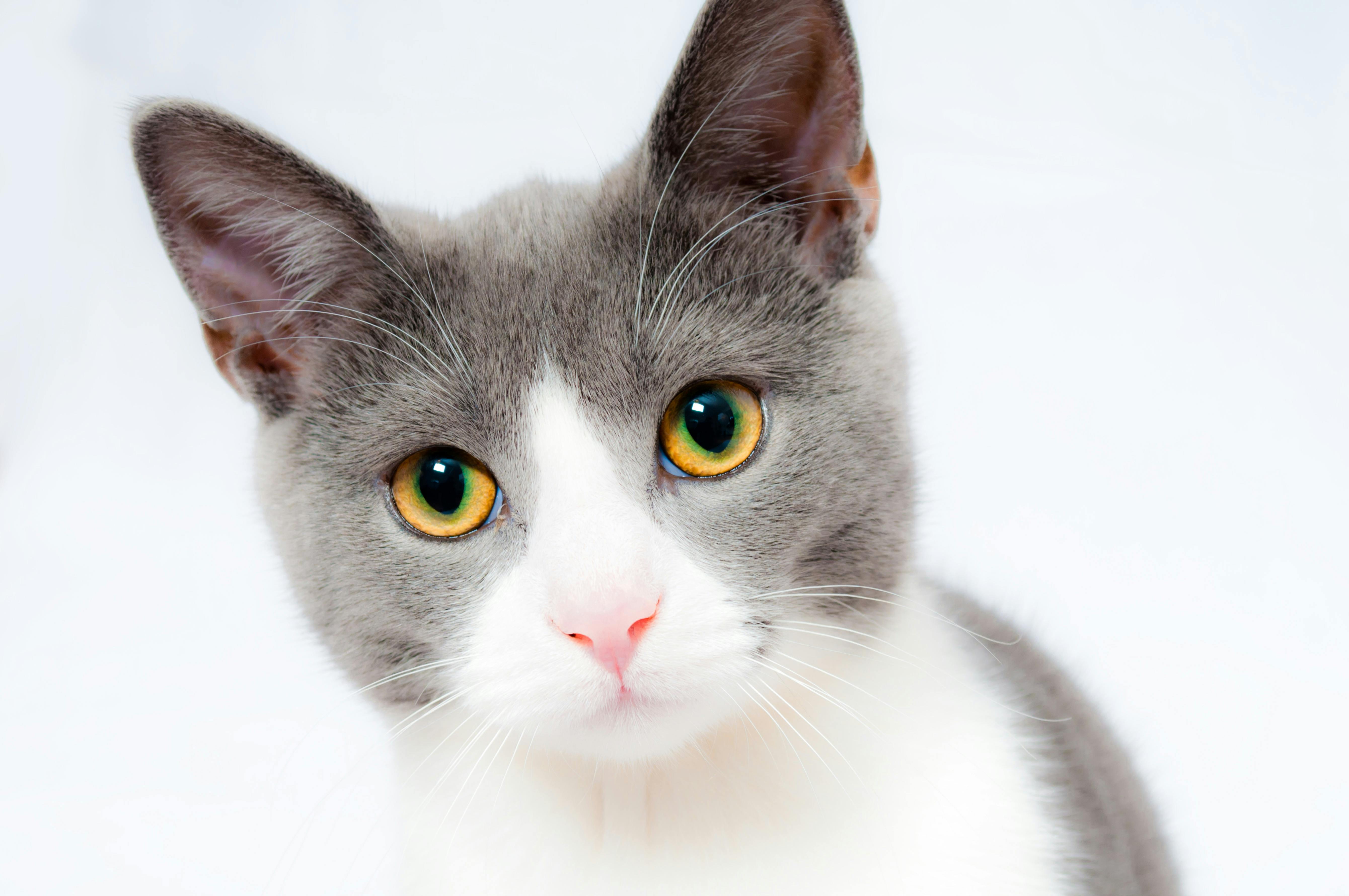Unraveling the Modern Phenomenon of Pet Humanization
Dive into the intriguing world of pet humanization, a contemporary trend that is reshaping our societal fabric. This phenomenon reveals fascinating insights into human psychology, social norms, and cultural shifts. Take a deeper look below. To understand pet humanization, we must first explore its roots. Traditionally, animals were primarily used for work or food. The concept of pets as companions emerged in the 19th century, reflecting shifting social views about animals and their roles in society. The evolution of this relationship has been influenced by factors such as urbanization, industrialization, and the rise of individualism. Today, pets are often considered family members and treated as such.

The Societal Trends Fueling Pet Humanization
The trend of pet humanization is largely driven by the changing social and cultural landscapes. The rise of single-person households, the delay of parenthood, and the increase in remote work have all contributed to the surge in pet ownership and the deep emotional bonds formed with pets. This cultural shift is also mirrored in the booming pet care industry, which offers everything from organic pet food to pet-friendly hotels, indicating a larger societal trend towards treating pets as equal family members.
The Psychological Underpinnings of Pet Humanization
Psychological research provides some compelling insights into why pet humanization is so prevalent. Pets fulfill fundamental human needs for companionship, love, and security. They also provide psychological benefits such as stress relief and increased happiness. Anthropomorphizing pets, or attributing human characteristics to them, strengthens these emotional bonds, creating a reciprocal relationship where both human and pet benefit.
The Implications of Pet Humanization
Pet humanization has profound implications for both individuals and society. On one hand, it can lead to healthier, happier lives for both pets and their human caregivers. On the other hand, there can be ethical concerns about treating pets as commodities or accessories. Moreover, this trend can also influence societal norms and expectations, shaping how we perceive and interact with animals.
Reflections on Pet Humanization
In the end, the phenomenon of pet humanization reflects our evolving relationship with the natural world and our ongoing quest for connection and companionship. As sociologists, we must continue to critically examine these trends and their impacts on our society. Today, it is not uncommon to see pets being treated with the same love and attention as human family members. This not only reflects our changing societal values but also sparks interesting discussions about empathy, compassion, and the boundaries between humans and other species.
In conclusion, pet humanization is a fascinating social phenomenon that offers valuable insights into our society and ourselves. It represents a significant shift in how we view and interact with animals, reflecting broader societal and cultural transformations. As we continue to delve into this topic, we are reminded of the power of sociological analysis to illuminate the complexities and nuances of our modern world.






